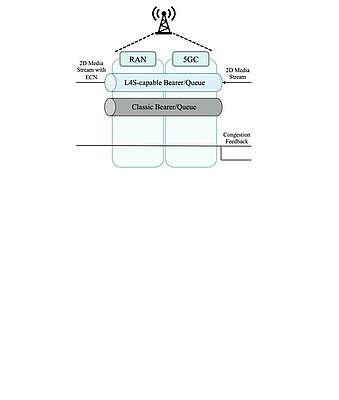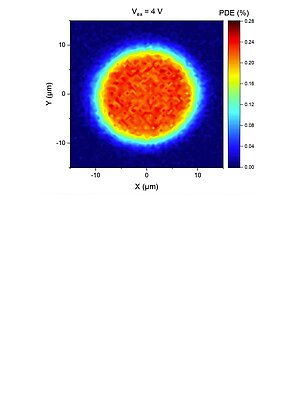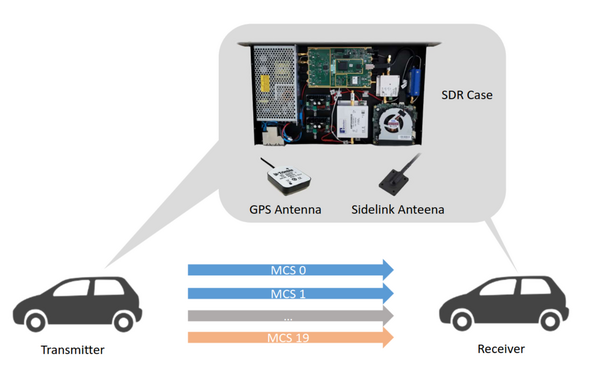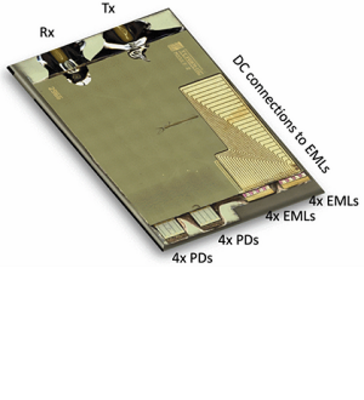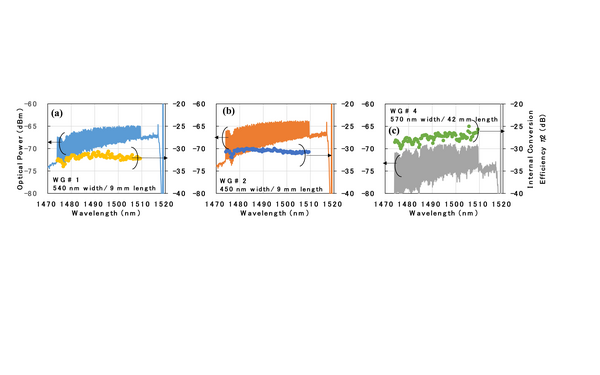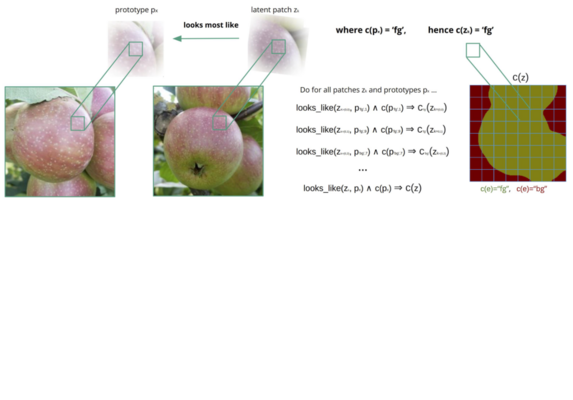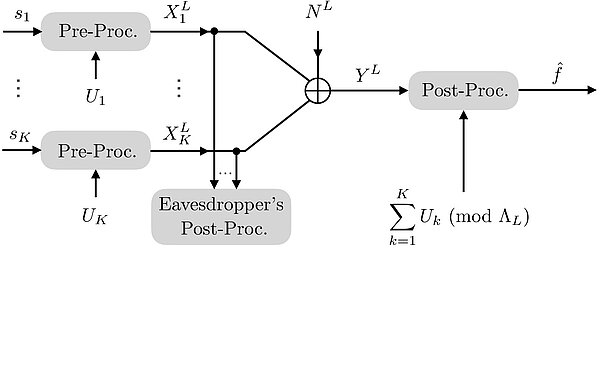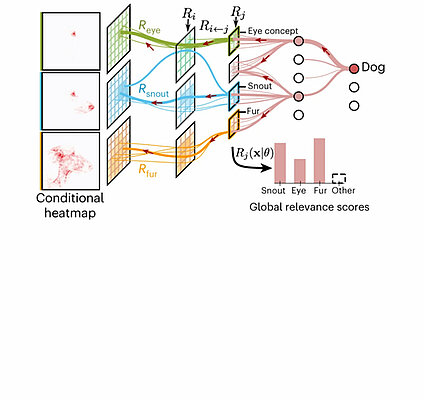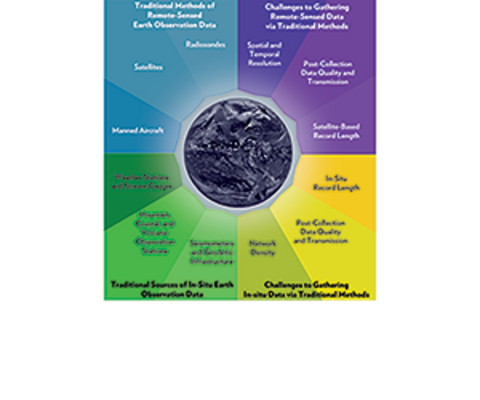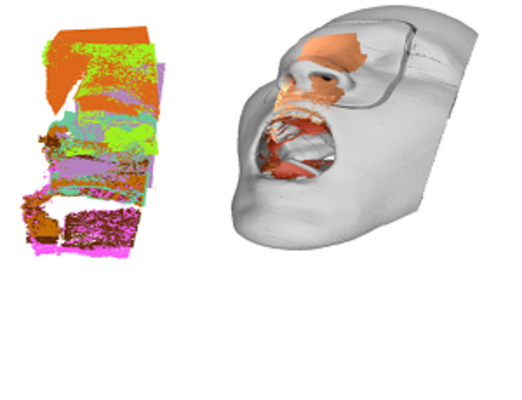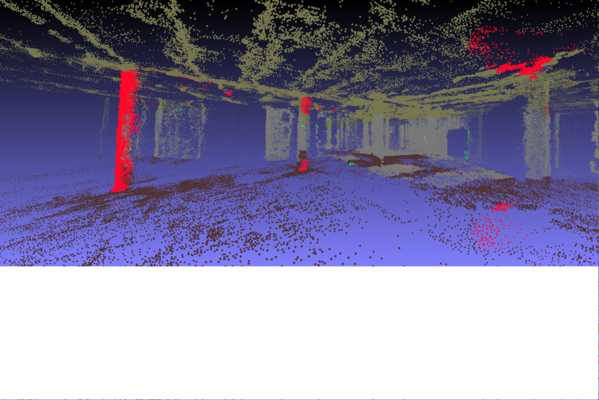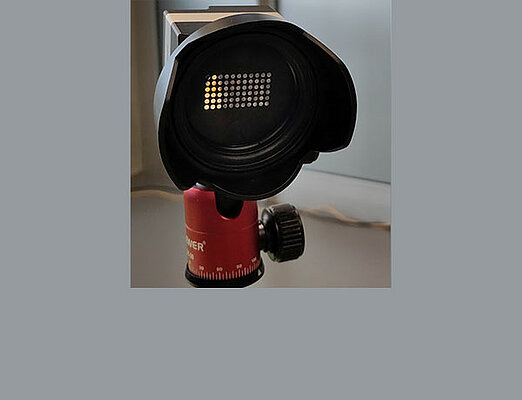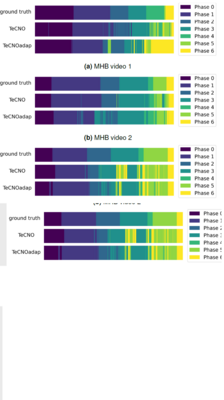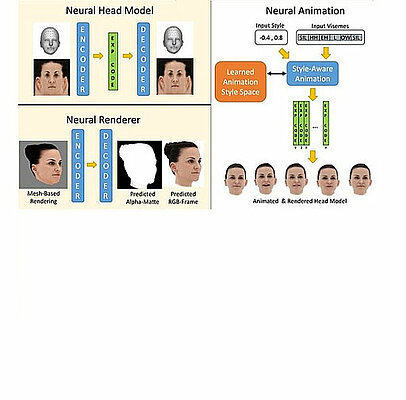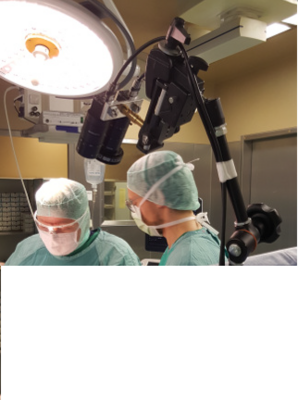Full-Duplex Operation of ISAC: Self-Interference Reduction from the Lens of IRS
This paper addresses the self-interference problem in full duplex operation by leveraging an intelligent reflecting surface (IRS) to provide spatial separation of the transmitted and the received (i.e. reflected) signal in a monostatic sensing...
L4S Congestion Control Algorithm for Interactive Low Latency Applications over 5G
In recent years, immersive applications such as Cloud XR have emerged, which require very low latency to ensure a high quality of experience. This paper presents a congestion control algorithm combined with L4S to achieve stable and low latency...
Guard-ring free InGaAs/InP single photon avalanche diodes for C-band quantum communication
We present a guard-ring free InGaAs/InP single photon avalanche diode with 20 µm diameter for the optical C-band. At 225 K, 25.6 µs dead time and 17% detection efficiency, the dark count rate is 3 kcps with 0.5% afterpulsing probability. This...
From Empirical Measurements to Augmented Data Rates: A Machine Learning Approach for MCS Adaptation in Sidelink Communication
Due to the lack of a feedback channel in the C-V2X sidelink, finding a suitable MCS level is a difficult task. In this paper, we propose an ML approach that uses quantile prediction to predict the MCS level with the highest achievable data rate....
Hybrid integration of Polymer PICs and InP optoelectronics for WDM and SDM terabit intra-DC optical interconnects
This paper presents a hybrid photonic integration concept based on the use of a polymer motherboard, InP EML arrays and InP PD arrays to realize WDM and SDM Terabit optical engines operating at 100-Gb/s or even at 20! 0-Gb/s per lane. The optical...
Design and Characterization of Dispersion-Tailored Silicon Strip Waveguide toward Wideband Wavelength Conversion
One of cost-effective ways to increase the transmission capacity of current standard wavelength division multiplexing (WDM) transmission systems is to use a wavelength band other than the C-band to transmit in multi-band. We proposed the concept...
Shortcomings of Top-Down Randomization-Based Sanity Checks for Evaluations of Deep Neural Network Explanations
While the evaluation of explanations is an important step towards trustworthy models, it needs to be done carefully, and the employed metrics need to be well-understood. Specifically model randomization testing is often overestimated and regarded...
Optimizing Explanations by Network Canonization and Hyperparameter Search
Rule-based and modified backpropagation XAI methods struggle with innovative layer building blocks and implementation-invariance issues. In this work we propose canonizations for popular deep neural network architectures and introduce an XAI...
Revealing Hidden Context Bias in Segmentation and Object Detection through Concept-specific Explanations
Applying traditional post-hoc attribution methods to segmentation or object detection predictors offers only limited insights, as the obtained feature attribution maps at input level typically resemble the models' predicted segmentation mask or...
Reveal to Revise: An Explainable AI Life Cycle for Iterative Bias Correction of Deep Models
State-of-the-art machine learning models often learn spurious correlations embedded in the training data. This poses risks when deploying these models for high-stake decision-making, such as in medical applications like skin cancer detection. To...
Channel estimation with Zadoff–Chu sequences in the presence of phase errors
Due to their perfect periodic autocorrelation property, Zadoff–Chu sequences are often used as stimulus signals in the measurement of radio channel responses. In this letter, the cross-correlation of a linear shift-invariant system's response to...
Langevin Cooling for Unsupervised Domain Translation
In this paper, we show that many of such unsuccessful samples in image-to-image translation lie at the fringe—relatively low-density areas of data distribution, where the DNN was not trained very well. To tackle this problem we propose to perform...
Towards automated digital building model generation from floorplans and on-site images
We propose a system to automatically generate enriched digital models from this data, consisting of two AI modules: one for 3D model reconstruction from 2D plans and one for 6D localization of images taken within a building in the corresponding...
Characterization of C-Band Coherent Receiver Front-ends for Transmission Systems beyond S-C-L-Band
Fraunhofer HHI Researchers investigate in this publication a cost-efficient capacity upgrade of optical transmission systems by the reuse of already deployed single mode fiber. This is enabled by the benefits of other transmission bands, to...
Pre-Training with Fractal Images Facilitates Learned Image Quality Estimation
Current image quality estimation relies on data-driven approaches, however the scarcity of annotated data poses a bottleneck. This paper introduces a novel pre-training approach utilizing synthetic fractal images. The proposed method is tested on...
Design and Fabrication of Crossing-free Waveguide Routing Networks using a Multi-layer Polymer-based Photonic Integration Platform
A novel 16x4 crossing-free waveguide routing network on four layers of polymer-based stacked waveguides is presented. The design and fabricated device combine in-plane passive waveguide structures with vertical multimode interference couplers to...
A Differentiable Gaussian Prototype Layer for Explainable Fruit Segmentation
We introduce a GMM Layer for gradient-based prototype learning. It is used to cluster feature vectors by computing their probabilities for each gaussian and using the soft cluster assignment for prediction. Hence prototypical image regions can be...
Private and Secure Over-the-Air Multi-Party Communication
Over-the-Air Multi-Party Communication for scalable, private, secure and dependable data aggregation: This novel approach combines lattice coding, Over-the-Air computation and secure Multi-Party Communication to confidentially aggregate analog...
From Attribution Maps to Human-Understandable Explanations through Concept Relevance Propagation
We introduce the Concept Relevance Propagation (CRP) approach, which combines the local and global perspectives and thus allows answering both the ‘where’ and ‘what’ questions for individual predictions. We demonstrate the capability of our...
When it comes to Earth observations in AI for disaster risk reduction, is it feast or famine? A topical review
Given the number of in situ and remote (e.g. radiosonde/satellite) monitoring devices, there is a common perception that there are no limits to the availability of EO for immediate use in such AI-based models. However, a mere fraction of EO is...
Automatic Registration of Anatomical Structures of Stereo-Endoscopic Point Clouds
In this paper, we present an analysis and registration pipeline for confined point clouds acquired by stereo endoscopes into a fused representation. For a coarse registration, TEASER is applied, while a refinement is conducted utilizing...
FedAUX: Leveraging Unlabeled Auxiliary Data in Federated Learning
In this work, we propose FEDAUX, an extension to Federated Distillation, which, under the same set of assumptions, drastically improves the performance by deriving maximum utility from the unlabeled auxiliary data. Our proposed method achieves...
Hybrid semantic clustering of 3D point clouds in construction
In this work, we present an artificial intelligence (AI)-based semantic segmentation approach for three-dimensional (3D) point clouds which were generated from 2D images with a structure from motion (SfM) pipeline. We utilize state-of-the-art...
3D Hyperspectral Light-Field Imaging: a first intraoperative implementation
Hyperspectral imaging is an emerging technology that has gained significant attention in the medical field due to its ability to provide precise and accurate imaging of biological tissues. The current methods of hyperspectral imaging, such as...
Surgical Phase Recognition for different hospitals
Surgical phase recognition is an important aspect of surgical workflow analysis, as it allows an automatic analysis of the performance and efficiency of surgical procedures. A big challenge for training a neural network for surgical phase...
Video-Driven Animation of Neural Head Avatars
We present a new approach for video-driven animation of high-quality neural 3D head models, addressing the challenge of person-independent animation from video input.In order to achieve person-independent animation from video input, we introduce...
Unsupervised learning of style-aware facial animation from real acting performances
This paper presents a novel approach for text/speech-driven animation of a photo-realistic head model based on blend-shape geometry, dynamic textures, and neural rendering. Training a VAE for geometry and texture yields a parametric model for...
From Multispectral-Stereo to Intraoperative Hyperspectral Imaging: a Feasibility Study
Spectral imaging allows to analyze optical tissue properties that are invisible to the naked eye. We present a novel approach using two multispectral snapshot cameras covering different spectral ranges as a stereo-system. The proposed method...
Eight-channel SiNx microring–resonator based photonic biosensor for label-free fluid analysis in the optical C-band
A lab-on-a-chip multichannel sensing platform for biomedical analysis based on optical silicon nitride (SiNx) microring-resonators (MRR) was established. The resonators were surface functionalized and finally combined with a microfluidic chamber...
Diffuse-scattering-informed Geometric Channel Modeling for THz Wireless Communications Systems
This paper validates an in-house three-dimensional ray-launching (3D-RL) algorithm with a channel sounder measurement campaign that has been performed in a typical indoor environment at 300 GHz.

